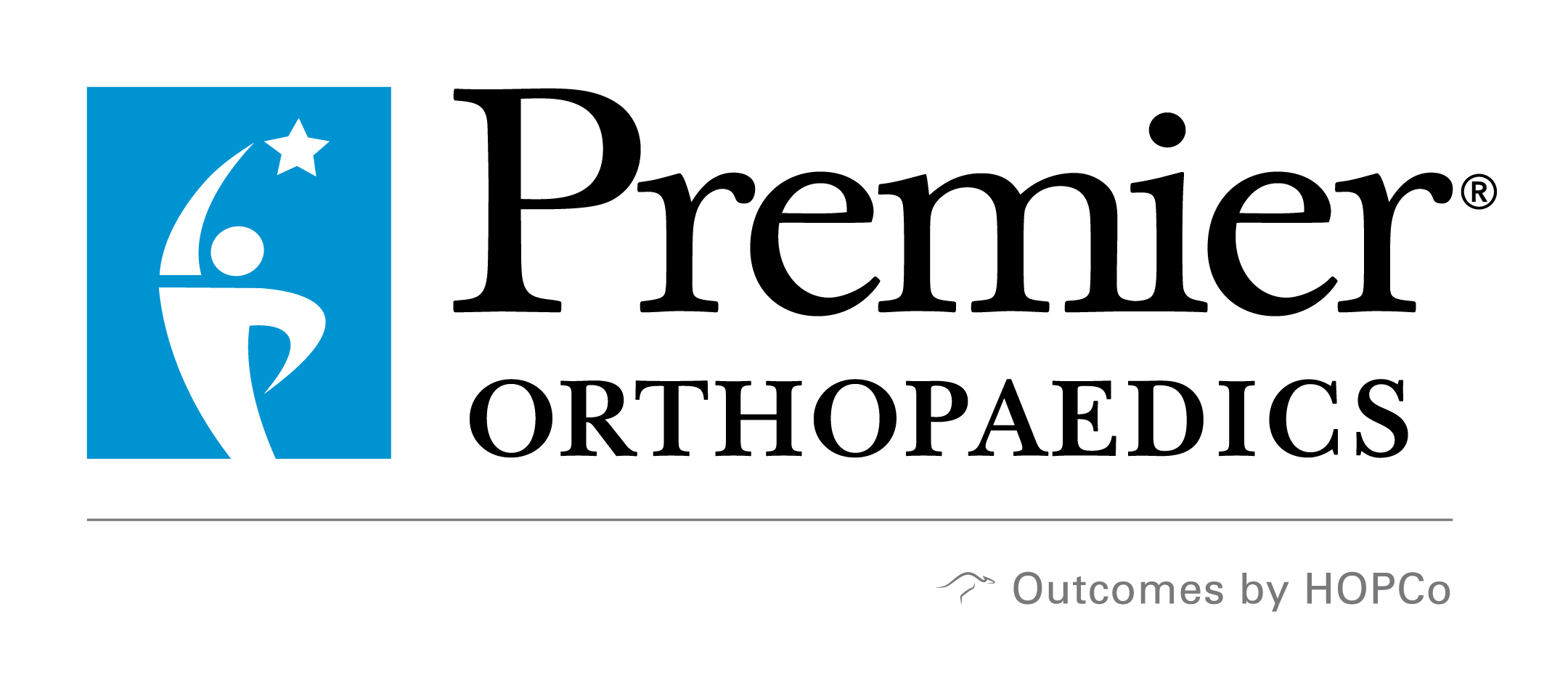Comprehensive Spine Care in Greater Philadelphia
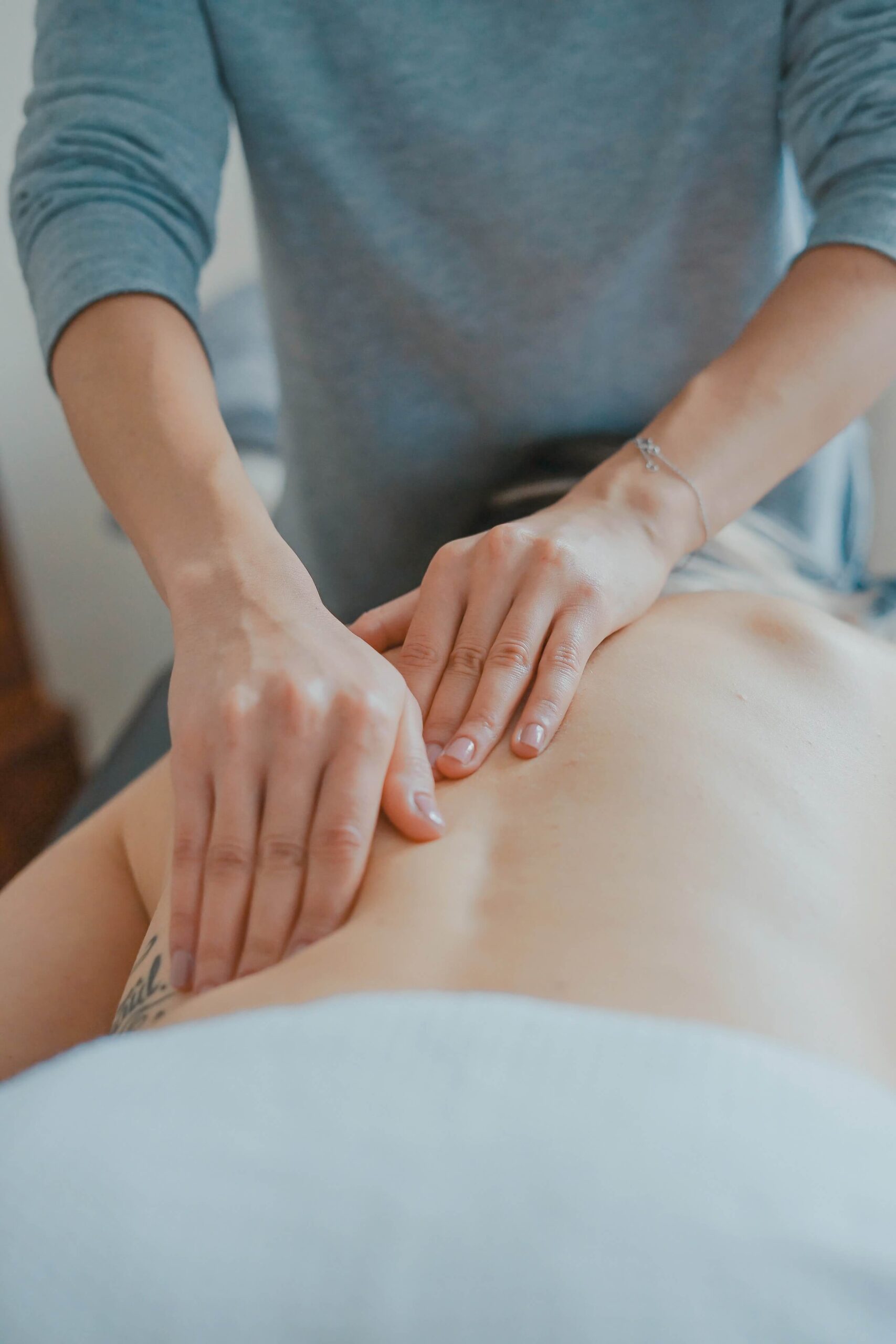
Spinal cord injuries are among the most serious and life-altering injuries a person can sustain. The spinal cord, a complex bundle of nerves, is the primary pathway for communication between the brain and the rest of the body. When it’s damaged, a patient could be...
The spine consists of 26 bones called vertebrae and between them are cushion-like pads called “intervertebral discs”. The discs serve as shock absorbers for the vertebrae and help provide stability to the spine. When one of these intervertebral discs loses its normal...
By James Guille, M.D., pediatric orthopaedic surgeon at Premier Fall is in the air and the kids are back in school. Reading, writing, and arithmetic have returned along with the books and backpacks that make learning accessible to everyone. But the weight of those...
Because the spine is responsible for bearing our body’s weight as well as protecting the spinal cord, anyone with back pain knows how disruptive it can be to daily life. Bending over to tie your shoes, lifting groceries, or even sitting for extended periods may cause intense discomfort. And while back pain is often dismissed as a common ailment, it’s important not to ignore the problem because the pain could simply be a sign of an acute or chronic spinal condition.
Whether your discomfort stems from a sudden injury or a persistent problem that has worsened over time, expert care is right around the corner at Premier Orthopaedics. With over 35 convenient locations in the Greater Philadelphia area, you can find a specialist who will support your spine health and help you achieve long-lasting back pain relief.
Seek Care Immediately for Spinal Injuries & Concerns
Please Note: Spinal cord injuries are considered medical emergencies, so if the pain you’re experiencing is related to your spinal cord, seek immediate care from your hospital’s emergency department or our urgent orthopaedic care center.
When is the right time to get help for back or neck pain? If your answer is “when the pain becomes unbearable,” you’re likely waiting too long. Spinal conditions can escalate quickly without the right care, so don’t wait for your symptoms to interfere with your ability to work and engage in daily life.
When you’re experiencing persistent neck pain, back pain, or a loss of coordination or sensation, see one of our spine specialists in Greater Philadelphia right away. Prompt evaluation and treatment can prevent long-term damage and improve your chances of recovery. Plus, our fellowship-trained physicians offer a variety of diagnostic and non-operative procedures in a convenient, easy-to-access outpatient setting for your peace of mind.
Symptoms of a Spinal Injury
Recognizing the signs of a spinal injury early can be vital to receiving timely care. Common symptoms include:
- Persistent or sudden back or neck pain, especially following trauma or impact
- Numbness, tingling, or weakness in the limbs
- Difficulty walking
- Loss of bladder or bowel control
- Trouble breathing
- Coughing
- Partial paralysis
Even if the pain seems manageable, these warning signs should never be ignored. At Premier Orthopaedics, we help patients in the Greater Philadelphia area assess and address spinal injuries before they result in permanent complications.
Read More
Spinal Conditions & Causes of Back Pain
Back pain can originate from a wide variety of spine-related conditions. The good news is that our spine care specialists can address all of these conditions and more.
Arthritis
Spinal arthritis occurs when the joints in your spine become inflamed and begin to break down, typically due to wear and tear over time. This inflammation can lead to stiffness, decreased range of motion, and chronic pain. Osteoarthritis is the most common form of spinal arthritis and is often associated with aging, but it can also be the result of injury or repetitive stress. Managing this condition may include medications, physical therapy, lifestyle changes, or interventional procedures to help reduce inflammation and improve mobility.
Degenerative Disc Disease
As we age, the discs in our spine naturally lose hydration and elasticity, and the disc structure may be affected by tears or cracks. This condition causes chronic pain and stiffness, especially after long periods of activity. While it may sound alarming, many people with this condition find relief through conservative treatment methods, such as physical therapy and medication. In severe cases, orthopedic surgery may be needed.
Herniated Discs
When a disc between your vertebrae slips out of place or ruptures, it can press on surrounding nerves and cause intense pain, tingling, or weakness. This condition often results from lifting heavy objects improperly or from gradual disc degeneration. It can affect people of all ages and may require therapy or even surgical intervention.
Scoliosis
This abnormal curvature of the vertebral column can develop during adolescence or as a result of aging. In severe cases, scoliosis can impair lung function and lead to chronic pain. Premier Orthopaedics offers comprehensive evaluations and a variety of treatment options for patients with scoliosis at all stages.
Spinal Infections
Though less common, infections in the spine — such as vertebral osteomyelitis or discitis — can lead to serious complications if left untreated. These infections may be caused by bacteria, fungi, or other pathogens entering the bloodstream and traveling to the spinal area. Symptoms can include localized back pain, fever, and, in some cases, neurological deficits. Prompt diagnosis and treatment, which often involve antibiotics and sometimes surgical intervention, are critical to preventing permanent damage.
Spinal Stenosis
Spinal stenosis occurs when the spaces within the spine narrow, putting pressure on the spinal cord and nerves. This condition is more common in older adults and often leads to pain, numbness in the legs, or difficulty walking. Other symptoms include back pain, burning in the buttocks or legs, and tingling in the legs. Left untreated, spinal stenosis can severely affect mobility and quality of life.
Radiculopathy
Radiculopathy is a condition that occurs when a nerve in the spine becomes pinched or irritated, often due to herniated discs, bone spurs, or other spinal degenerative changes. The result is pain, weakness, numbness, or tingling that radiates along the path of the affected nerve, commonly into the arms or legs, depending on whether the cervical, thoracic, or lumbar spine is involved.
Sciatica
When the sciatic nerve is compressed, usually by a herniated disc or bone spur, it can result in sharp, radiating pain that travels from the lower back through the legs. Sciatica can be incredibly painful and persistent, but with the right care, relief is possible.
Compression Fractures
Compression fractures are small cracks or collapses in the vertebrae, commonly caused by accidents or osteoporosis. These fractures can result in sudden, severe back pain and may lead to reduced height or spinal deformity if untreated. Seniors and individuals with low bone density are particularly at risk. When you turn to our team for spinal injury treatment, we may recommend bracing, pain management, physical therapy, or surgical options like vertebroplasty or kyphoplasty.
Evaluation and Treatment for Spinal Injuries & Conditions
During an appointment with our spine care specialists, we will conduct a thorough evaluation to understand the root cause of your symptoms. We examine your medical history, perform a physical examination, and utilize advanced imaging technologies such as MRI, CT scans, and X-rays to pinpoint the exact location and nature of your spinal issue.
Once we have a diagnosis, our multidisciplinary team creates a personalized treatment plan tailored to your condition and lifestyle. Depending on your needs, we may recommend conservative treatments such as physical therapy, medication, or heat/cold therapy to provide you with neck and back pain relief.
If conservative treatments are not sufficient, surgical options may be considered. Our board-certified surgeons specialize in minimally invasive procedures that reduce recovery time and increase long-term success rates. So, whether you need spinal decompression, disc replacement, or spinal fusion, you can trust our team to prioritize your comfort and keep your health goals in mind. We can also support you through recovery, offering guidance, monitoring progress, and helping you return to daily activities safely and confidently.
Get Rid of Neck & Back Pain at Premier Orthopaedics
Are you tired of waking up with stiffness or ending each day in pain? Make sure you don’t ignore these symptoms, as they may be the cause of an underlying condition that could lead to further degeneration, permanent nerve damage, or even loss of function. Let our team of compassionate spine specialists in Greater Philadelphia identify your condition, provide treatment, and support you on your journey to recovery.
Your spine does so much for you — now it’s time to return the favor by giving it the care it deserves with the help of Premier Orthopaedics. Schedule an appointment today!
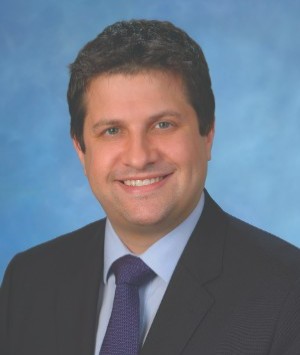
PHYSICIANLOCATIONS[pac_dth_taxonomy_list post_type="physicians" taxonomy_physicians="loc-name" show_dynamic_taxonomies="on" show_taxonomy_image="off" show_taxonomy_button="off" taxonomies_column="1" disabled_on="on|on|off" admin_label="Locations"...
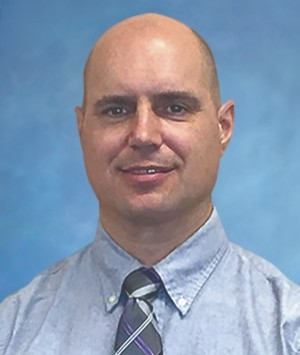
PHYSICIANLOCATIONS[pac_dth_taxonomy_list post_type="physicians" show_dynamic_taxonomies="on" show_taxonomy_image="off" show_taxonomy_button="off" taxonomies_column="1" disabled_on="on|on|off" admin_label="Locations" module_class="phy-loc-side"...
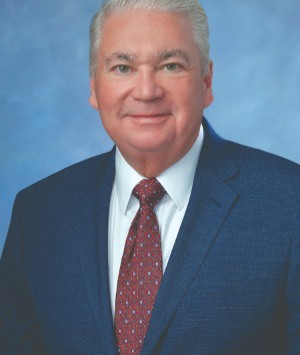
PHYSICIAN LOCATIONS [pac_dth_taxonomy_list post_type="physicians" taxonomy_physicians="loc-name" show_dynamic_taxonomies="on" show_taxonomy_image="off" show_taxonomy_button="off" taxonomies_column="1" disabled_on="on|on|off" admin_label="Locations"...
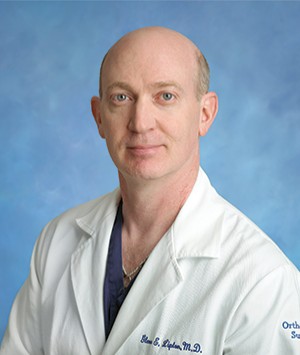
PHYSICIANLOCATIONS[pac_dth_taxonomy_list post_type="physicians" taxonomy_physicians="loc-name" show_dynamic_taxonomies="on" show_taxonomy_image="off" show_taxonomy_button="off" taxonomies_column="1" disabled_on="on|on|off" admin_label="Locations"...
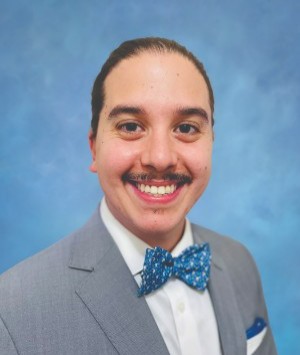
PHYSICIANLOCATIONS[pac_dth_taxonomy_list post_type="physicians" taxonomy_physicians="loc-name" show_dynamic_taxonomies="on" show_taxonomy_image="off" show_taxonomy_button="off" taxonomies_column="1" disabled_on="on|on|off" admin_label="Locations"...
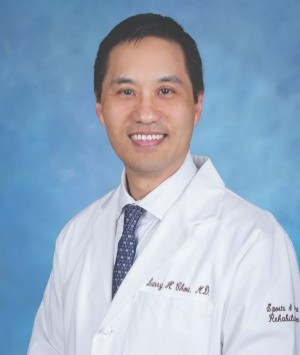
PHYSICIANLOCATIONS[pac_dth_taxonomy_list post_type="physicians" taxonomy_physicians="loc-name" show_dynamic_taxonomies="on" show_taxonomy_image="off" show_taxonomy_button="off" taxonomies_column="1" disabled_on="on|on|off" admin_label="Locations"...
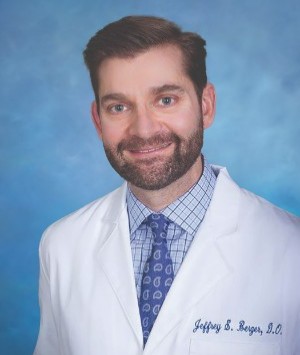
PHYSICIANLOCATIONS[pac_dth_taxonomy_list post_type="physicians" taxonomy_physicians="loc-name" show_dynamic_taxonomies="on" show_taxonomy_image="off" show_taxonomy_button="off" taxonomies_column="1" disabled_on="on|on|off" admin_label="Locations"...

PHYSICIANLOCATIONS[pac_dth_taxonomy_list post_type="physicians" taxonomy_physicians="loc-name" show_dynamic_taxonomies="on" show_taxonomy_image="off" show_taxonomy_button="off" taxonomies_column="1" disabled_on="on|on|off" admin_label="Locations"...
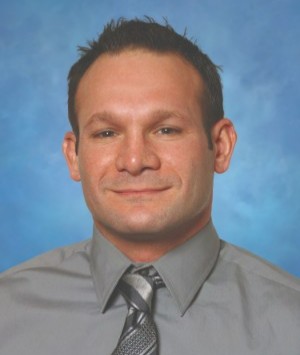
PHYSICIANLOCATIONS[pac_dth_taxonomy_list post_type="physicians" taxonomy_physicians="loc-name" show_dynamic_taxonomies="on" show_taxonomy_image="off" show_taxonomy_button="off" taxonomies_column="1" disabled_on="on|on|off" admin_label="Locations"...
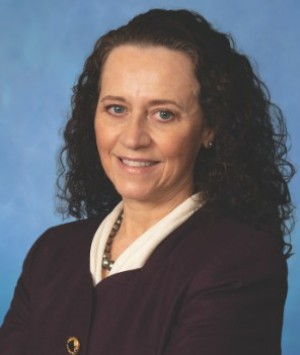
PHYSICIANLOCATIONS[pac_dth_taxonomy_list post_type="physicians" taxonomy_physicians="loc-name" show_dynamic_taxonomies="on" show_taxonomy_image="off" show_taxonomy_button="off" taxonomies_column="1" disabled_on="on|on|off" admin_label="Locations"...

PHYSICIAN LOCATIONS [pac_dth_taxonomy_list post_type="physicians" taxonomy_physicians="loc-name" show_dynamic_taxonomies="on" show_taxonomy_image="off" show_taxonomy_button="off" taxonomies_column="1" disabled_on="on|on|off" admin_label="Locations"...

PHYSICIANLOCATIONS[pac_dth_taxonomy_list post_type="physicians" taxonomy_physicians="loc-name" show_dynamic_taxonomies="on" show_taxonomy_image="off" show_taxonomy_button="off" taxonomies_column="1" disabled_on="on|on|off" admin_label="Locations"...
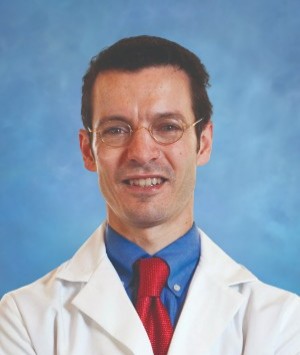
PHYSICIANLOCATIONS[pac_dth_taxonomy_list post_type="physicians" show_dynamic_taxonomies="on" show_taxonomy_image="off" show_taxonomy_button="off" taxonomies_column="1" disabled_on="on|on|off" admin_label="Locations" module_class="phy-loc-side"...
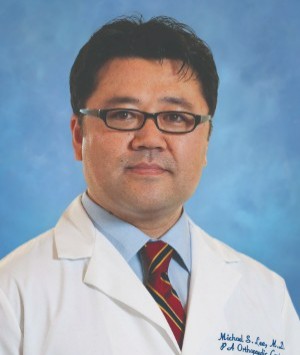
PHYSICIANLOCATIONS[pac_dth_taxonomy_list post_type="physicians" show_dynamic_taxonomies="on" show_taxonomy_image="off" show_taxonomy_button="off" taxonomies_column="1" disabled_on="on|on|off" admin_label="Locations" module_class="phy-loc-side"...
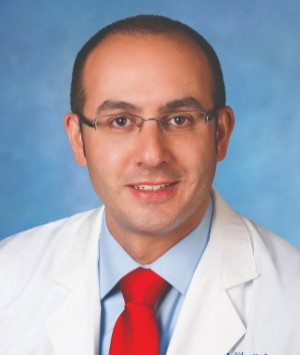
PHYSICIANLOCATIONS[pac_dth_taxonomy_list post_type="physicians" show_dynamic_taxonomies="on" show_taxonomy_image="off" show_taxonomy_button="off" taxonomies_column="1" disabled_on="on|on|off" admin_label="Locations" module_class="phy-loc-side"...
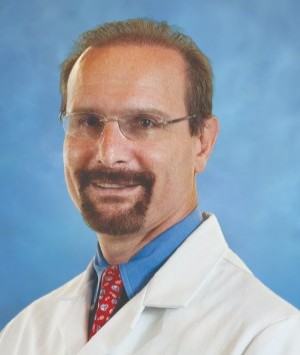
PHYSICIANLOCATIONS[pac_dth_taxonomy_list post_type="physicians" show_dynamic_taxonomies="on" show_taxonomy_image="off" show_taxonomy_button="off" taxonomies_column="1" disabled_on="on|on|off" admin_label="Locations" module_class="phy-loc-side"...
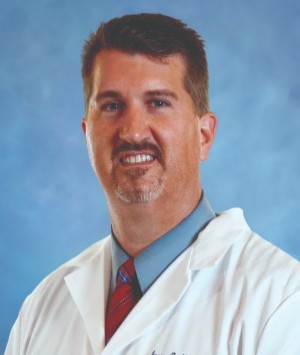
PHYSICIANLOCATIONS[pac_dth_taxonomy_list post_type="physicians" show_dynamic_taxonomies="on" show_taxonomy_image="off" show_taxonomy_button="off" taxonomies_column="1" disabled_on="on|on|off" admin_label="Locations" module_class="phy-loc-side"...
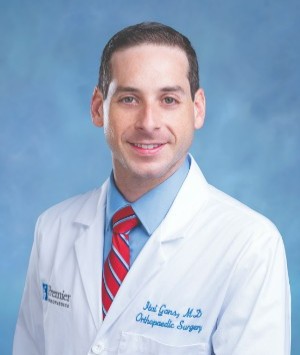
PHYSICIANLOCATIONS[pac_dth_taxonomy_list post_type="physicians" show_dynamic_taxonomies="on" show_taxonomy_image="off" show_taxonomy_button="off" taxonomies_column="1" disabled_on="on|on|off" admin_label="Locations" module_class="phy-loc-side"...
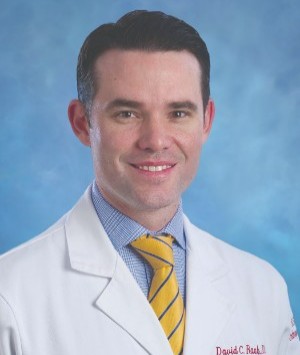
PHYSICIANLOCATIONS[pac_dth_taxonomy_list post_type="physicians" show_dynamic_taxonomies="on" show_taxonomy_image="off" show_taxonomy_button="off" taxonomies_column="1" disabled_on="on|on|off" admin_label="Locations" module_class="phy-loc-side"...
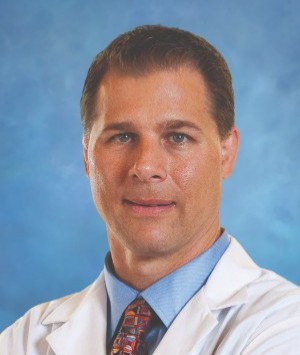
PHYSICIANLOCATIONS[pac_dth_taxonomy_list post_type="physicians" show_dynamic_taxonomies="on" show_taxonomy_image="off" show_taxonomy_button="off" taxonomies_column="1" disabled_on="on|on|off" admin_label="Locations" module_class="phy-loc-side"...
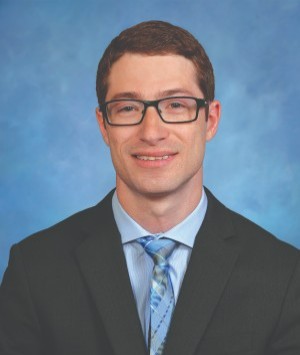
PHYSICIANLOCATIONS[pac_dth_taxonomy_list post_type="physicians" show_dynamic_taxonomies="on" show_taxonomy_image="off" show_taxonomy_button="off" taxonomies_column="1" disabled_on="on|on|off" admin_label="Locations" module_class="phy-loc-side"...
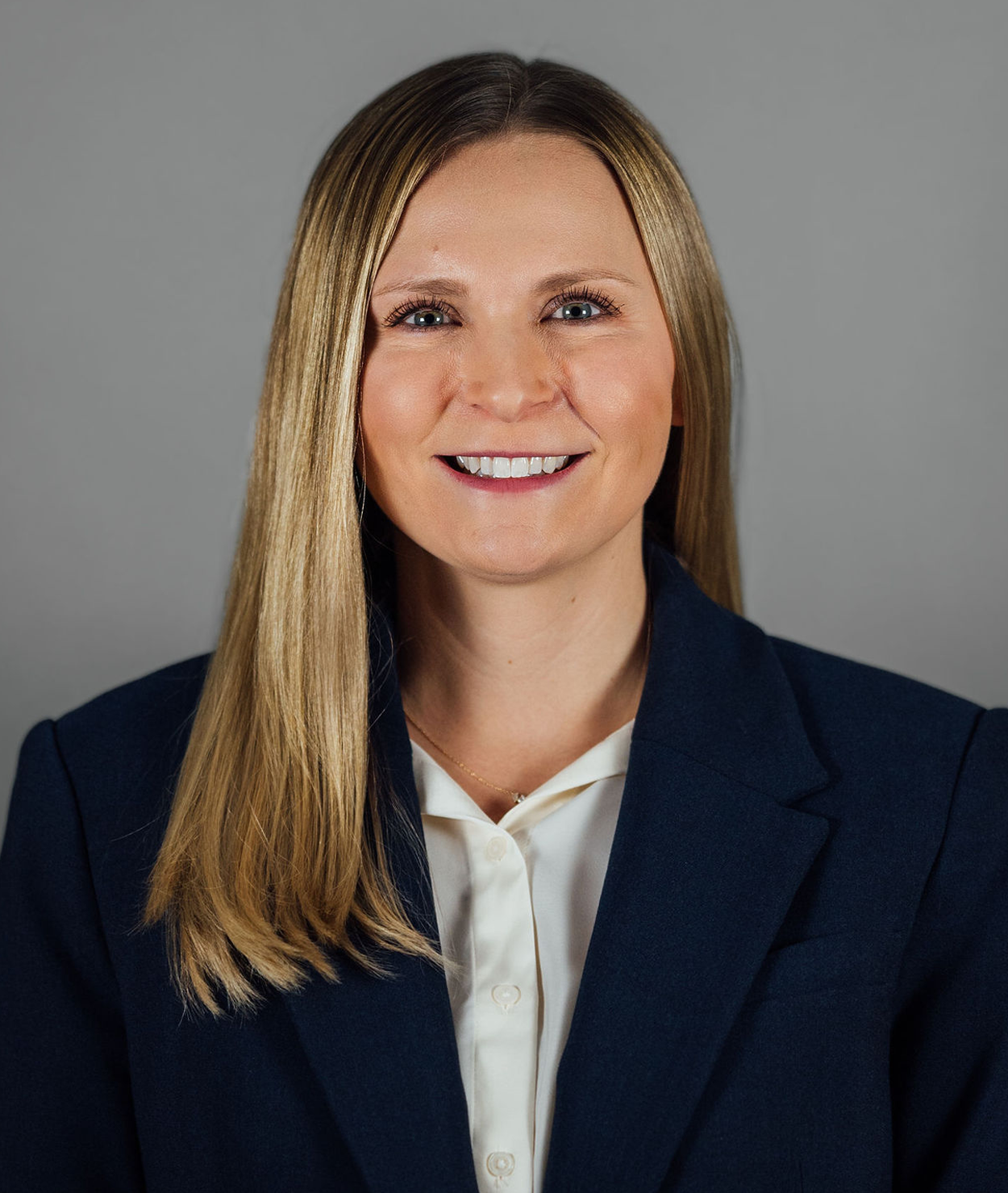
PHYSICIANLOCATIONS[pac_dth_taxonomy_list post_type="physicians" show_dynamic_taxonomies="on" show_taxonomy_image="off" show_taxonomy_button="off" taxonomies_column="1" disabled_on="on|on|off" admin_label="Locations" module_class="phy-loc-side"...
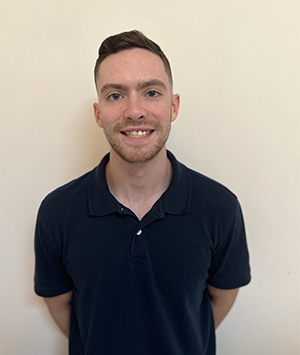
PHYSICAL THERAPISTLOCATIONS[pac_dth_taxonomy_list post_type="physicians" taxonomy_physicians="loc-name" show_dynamic_taxonomies="on" show_taxonomy_image="off" show_taxonomy_button="off" taxonomies_column="1" disabled_on="on|on|off" admin_label="Locations"...
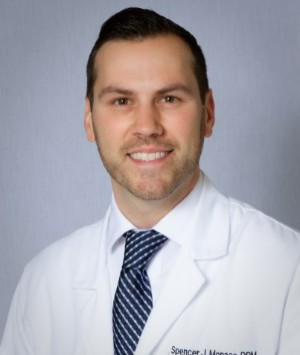
PHYSICIANLOCATIONS[pac_dth_taxonomy_list post_type="physicians" taxonomy_physicians="loc-name" show_dynamic_taxonomies="on" show_taxonomy_image="off" show_taxonomy_button="off" taxonomies_column="1" disabled_on="on|on|off" admin_label="Locations"...
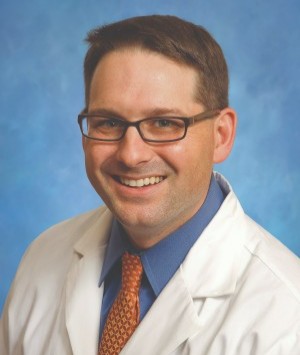
PHYSICIANLOCATIONS[pac_dth_taxonomy_list post_type="physicians" show_dynamic_taxonomies="on" show_taxonomy_image="off" show_taxonomy_button="off" taxonomies_column="1" disabled_on="on|on|off" admin_label="Locations" module_class="phy-loc-side"...
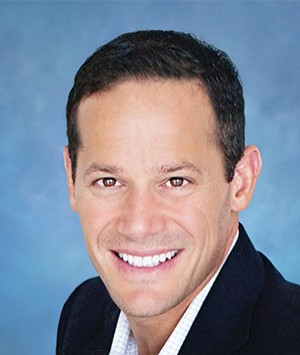
PHYSICIAN LOCATIONS [pac_dth_taxonomy_list post_type="physicians" show_dynamic_taxonomies="on" show_taxonomy_image="off" show_taxonomy_button="off" taxonomies_column="1" disabled_on="on|on|off" admin_label="Locations" module_class="phy-loc-side"...
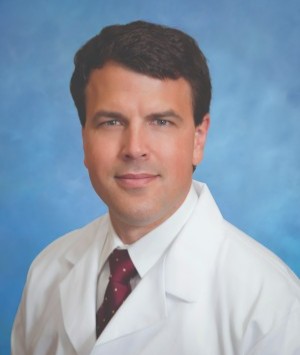
PHYSICIANLOCATIONS[pac_dth_taxonomy_list post_type="physicians" taxonomy_physicians="loc-name" show_dynamic_taxonomies="on" show_taxonomy_image="off" show_taxonomy_button="off" taxonomies_column="1" disabled_on="on|on|off" admin_label="Locations"...
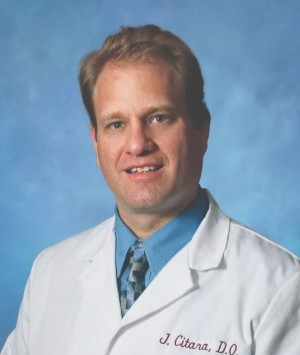
PHYSICIANLOCATIONS[pac_dth_taxonomy_list post_type="physicians" show_dynamic_taxonomies="on" show_taxonomy_image="off" show_taxonomy_button="off" taxonomies_column="1" disabled_on="on|on|off" admin_label="Locations" module_class="phy-loc-side"...
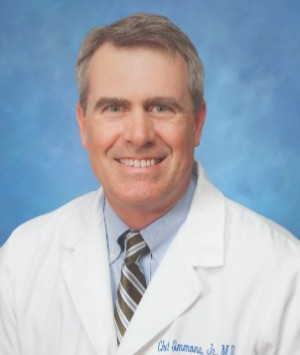
PHYSICIANLOCATIONS[pac_dth_taxonomy_list post_type="physicians" taxonomy_physicians="loc-name" show_dynamic_taxonomies="on" show_taxonomy_image="off" show_taxonomy_button="off" taxonomies_column="1" disabled_on="on|on|off" admin_label="Locations"...
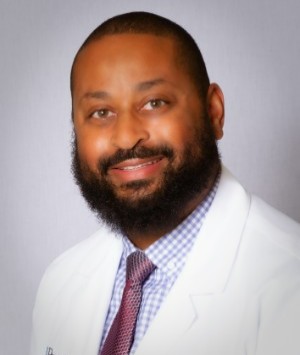
PHYSICIANLOCATIONS[pac_dth_taxonomy_list post_type="physicians" taxonomy_physicians="loc-name" show_dynamic_taxonomies="on" show_taxonomy_image="off" show_taxonomy_button="off" taxonomies_column="1" disabled_on="on|on|off" admin_label="Locations"...

PHYSICIANLOCATIONS[pac_dth_taxonomy_list post_type="physicians" taxonomy_physicians="loc-name" show_dynamic_taxonomies="on" show_taxonomy_image="off" show_taxonomy_button="off" taxonomies_column="1" disabled_on="on|on|off" admin_label="Locations"...

PHYSICIANLOCATIONS[pac_dth_taxonomy_list post_type="physicians" show_dynamic_taxonomies="on" show_taxonomy_image="off" show_taxonomy_button="off" taxonomies_column="1" disabled_on="on|on|off" admin_label="Locations" module_class="phy-loc-side"...

PHYSICIANLOCATIONS[pac_dth_taxonomy_list post_type="physicians" taxonomy_physicians="loc-name" show_dynamic_taxonomies="on" show_taxonomy_image="off" show_taxonomy_button="off" taxonomies_column="1" disabled_on="on|on|off" admin_label="Locations"...

PHYSICIANLOCATIONS[pac_dth_taxonomy_list post_type="physicians" show_dynamic_taxonomies="on" show_taxonomy_image="off" show_taxonomy_button="off" taxonomies_column="1" disabled_on="on|on|off" admin_label="Locations" module_class="phy-loc-side"...

PHYSICIANLOCATIONS[pac_dth_taxonomy_list post_type="physicians" taxonomy_physicians="loc-name" show_dynamic_taxonomies="on" show_taxonomy_image="off" show_taxonomy_button="off" taxonomies_column="1" disabled_on="on|on|off" admin_label="Locations"...

PHYSICIANLOCATIONS[pac_dth_taxonomy_list post_type="physicians" taxonomy_physicians="loc-name" show_dynamic_taxonomies="on" show_taxonomy_image="off" show_taxonomy_button="off" taxonomies_column="1" disabled_on="on|on|off" admin_label="Locations"...

PHYSICIANLOCATIONS[pac_dth_taxonomy_list post_type="physicians" show_dynamic_taxonomies="on" show_taxonomy_image="off" show_taxonomy_button="off" taxonomies_column="1" disabled_on="on|on|off" admin_label="Locations" module_class="phy-loc-side"...
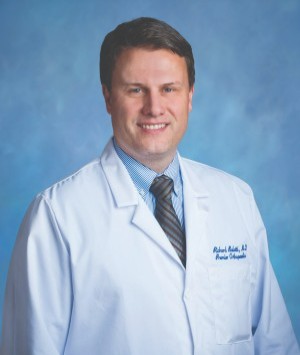
PHYSICIANLOCATIONS[pac_dth_taxonomy_list post_type="physicians" show_dynamic_taxonomies="on" show_taxonomy_image="off" show_taxonomy_button="off" taxonomies_column="1" disabled_on="on|on|off" admin_label="Locations" module_class="phy-loc-side"...

PHYSICIANLOCATIONS[pac_dth_taxonomy_list post_type="physicians" show_dynamic_taxonomies="on" show_taxonomy_image="off" show_taxonomy_button="off" taxonomies_column="1" disabled_on="on|on|off" admin_label="Locations" module_class="phy-loc-side"...

PHYSICIANLOCATIONS[pac_dth_taxonomy_list post_type="physicians" show_dynamic_taxonomies="on" show_taxonomy_image="off" show_taxonomy_button="off" taxonomies_column="1" disabled_on="on|on|off" admin_label="Locations" module_class="phy-loc-side"...

PHYSICIANLOCATIONS[pac_dth_taxonomy_list post_type="physicians" show_dynamic_taxonomies="on" show_taxonomy_image="off" show_taxonomy_button="off" taxonomies_column="1" disabled_on="on|on|off" admin_label="Locations" module_class="phy-loc-side"...

PHYSICIANLOCATIONS[pac_dth_taxonomy_list post_type="physicians" show_dynamic_taxonomies="on" show_taxonomy_image="off" show_taxonomy_button="off" taxonomies_column="1" disabled_on="on|on|off" admin_label="Locations" module_class="phy-loc-side"...

PHYSICIANLOCATIONS[pac_dth_taxonomy_list post_type="physicians" show_dynamic_taxonomies="on" show_taxonomy_image="off" show_taxonomy_button="off" taxonomies_column="1" disabled_on="on|on|off" admin_label="Locations" module_class="phy-loc-side"...

PHYSICIANLOCATIONS[pac_dth_taxonomy_list post_type="physicians" show_dynamic_taxonomies="on" show_taxonomy_image="off" show_taxonomy_button="off" taxonomies_column="1" disabled_on="on|on|off" admin_label="Locations" module_class="phy-loc-side"...

PHYSICIANLOCATIONS[pac_dth_taxonomy_list post_type="physicians" show_dynamic_taxonomies="on" show_taxonomy_image="off" show_taxonomy_button="off" taxonomies_column="1" disabled_on="on|on|off" admin_label="Locations" module_class="phy-loc-side"...
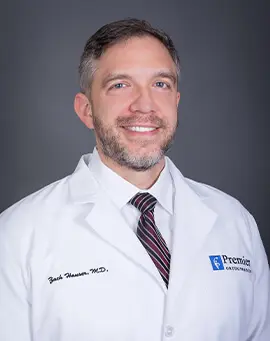
PHYSICIANLOCATIONS[pac_dth_taxonomy_list post_type="physicians" show_dynamic_taxonomies="on" show_taxonomy_image="off" show_taxonomy_button="off" taxonomies_column="1" disabled_on="on|on|off" admin_label="Locations" module_class="phy-loc-side"...

PHYSICIANLOCATIONS[pac_dth_taxonomy_list post_type="physicians" taxonomy_physicians="loc-name" show_dynamic_taxonomies="on" show_taxonomy_image="off" show_taxonomy_button="off" taxonomies_column="1" disabled_on="on|on|off" admin_label="Locations"...
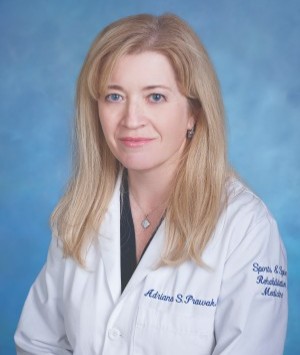
PHYSICIANLOCATIONS[pac_dth_taxonomy_list post_type="physicians" taxonomy_physicians="loc-name" show_dynamic_taxonomies="on" show_taxonomy_image="off" show_taxonomy_button="off" taxonomies_column="1" disabled_on="on|on|off" admin_label="Locations"...

PHYSICIANLOCATIONS[pac_dth_taxonomy_list post_type="physicians" show_dynamic_taxonomies="on" show_taxonomy_image="off" show_taxonomy_button="off" taxonomies_column="1" disabled_on="on|on|off" admin_label="Locations" module_class="phy-loc-side"...

PHYSICIANLOCATIONS[pac_dth_taxonomy_list post_type="physicians" taxonomy_physicians="loc-name" show_dynamic_taxonomies="on" show_taxonomy_image="off" show_taxonomy_button="off" taxonomies_column="1" disabled_on="on|on|off" admin_label="Locations"...

PHYSICIANLOCATIONS[pac_dth_taxonomy_list post_type="physicians" show_dynamic_taxonomies="on" show_taxonomy_image="off" show_taxonomy_button="off" taxonomies_column="1" disabled_on="on|on|off" admin_label="Locations" module_class="phy-loc-side"...

PHYSICIAN LOCATIONS [pac_dth_taxonomy_list post_type="physicians" show_dynamic_taxonomies="on" show_taxonomy_image="off" show_taxonomy_button="off" taxonomies_column="1" disabled_on="on|on|off" admin_label="Locations" module_class="phy-loc-side"...

PHYSICIANLOCATIONS[pac_dth_taxonomy_list post_type="physicians" taxonomy_physicians="loc-name" show_dynamic_taxonomies="on" show_taxonomy_image="off" show_taxonomy_button="off" taxonomies_column="1" disabled_on="on|on|off" admin_label="Locations"...
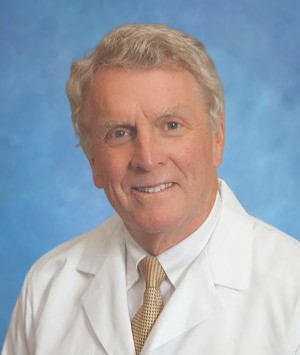
PHYSICIANLOCATIONS[pac_dth_taxonomy_list post_type="physicians" show_dynamic_taxonomies="on" show_taxonomy_image="off" show_taxonomy_button="off" taxonomies_column="1" disabled_on="on|on|off" admin_label="Locations" module_class="phy-loc-side"...

PHYSICIANLOCATIONS[pac_dth_taxonomy_list post_type="physicians" show_dynamic_taxonomies="on" show_taxonomy_image="off" show_taxonomy_button="off" taxonomies_column="1" disabled_on="on|on|off" admin_label="Locations" module_class="phy-loc-side"...

PHYSICIANLOCATIONS[pac_dth_taxonomy_list post_type="physicians" taxonomy_physicians="loc-name" show_dynamic_taxonomies="on" show_taxonomy_image="off" show_taxonomy_button="off" taxonomies_column="1" disabled_on="on|on|off" admin_label="Locations"...

PHYSICIANLOCATIONS[pac_dth_taxonomy_list post_type="physicians" taxonomy_physicians="loc-name" show_dynamic_taxonomies="on" show_taxonomy_image="off" show_taxonomy_button="off" taxonomies_column="1" disabled_on="on|on|off" admin_label="Locations"...
